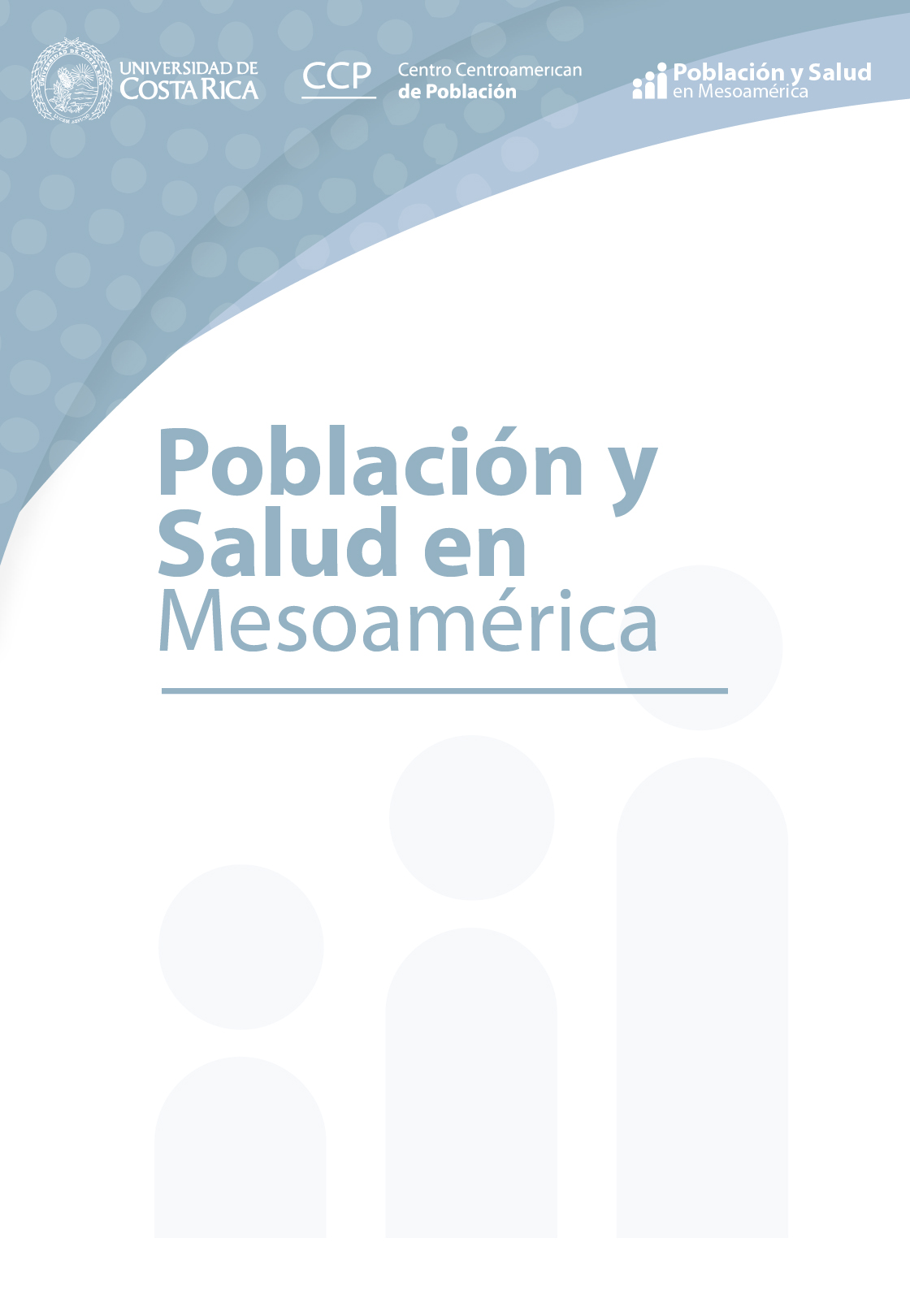Abstract
ABSTRACT: The dynamics of the internal migration is a crucial element in the composition of the workforce of a certain region, so its analysis contributes to the better understanding of labor markets and sociodemographic changes in a region. In order to characterize the most recent patterns of migratory flows of skilled and unskilled labor, census data are considered for the periods 1995-2000, 2005-2010 and 2010-2015. The analysis considers different indicators that describe the intensity and relative concentration of interstate migration. Changes in migratory patterns are evident; a lower concentration of internal migration whose effect is more marked for unskilled labor. That is, it is observed that the number of states that play a preponderant role in the redistribution of labor in Mexico has increased. The relationship of domestic labor mobility is evident to the regional transformation as a result of new geographical patterns of location of investment, production and economic agglomeration.
References
Almejo, R. and Hernández, A. (2016). La migración interna de la población con estudios superiores en México, 2010-2015. La situación demográfica de México (pp.131-157). México: Consejo Nacional de Población.
Arendys-Kuenning, M., Baylis, K. and Garduño-Rivera, R. (2018). The effect of NAFTA on internal migration in Mexico: a regional economic analysis. Applied Economics, 51(50), 5515-5527.
Aroca, P. and Maloney, F. (2005). Migration, Trade and foreign direct investment in Mexico. The World Bank Economic Review, 19(3), 449-472.
Bernard, A., Belly, M. and Charles, E. (2014). Life course transitions and the age of internal migration. Population and Development Review, 40(2), 213-239.
Caudillo, C. and Tapia, R. (2014). Patterns of internal migration of mexican highly qualified population through network analysis. In: Murgante B. et al. (eds), Computational science and its applications. ICCSA 2014, Lecture Notes in Computer Science. Springer, Cham.
Díaz-Bautista, A. (2006). Foreign direct investment and regional economic growth considering the distance to the northern border of Mexico. Análisis Económico, 46(21), 355-367.
Flores, M., Medellín, S. and Villarreal, A. (2018). Global markets and the role of geographical proximity in Mexico´s employment growth. Growth and Change, 49(3), 548-568.
Flores, M., Zey, M. and Hoque, N. (2013). Economic liberalization and contemporary determinants of Mexico´s internal migration: an application of spatial gravity models. Spatial Economic Analysis, 8(2), 195-214.
Galvis, L. (2002). Determinantes de la migración interdepartamental en Colombia, 1988 – 1993. Revista de Economia del Rosario, 5(1), 93-122.
Greenwood, M. (1985). Human migration: theory, models and empirical studies. Journal of Regional Science, 25(4), 521-544.
Gu, Z., Gu, L., Eils, R., Schlesner, M. and Brors, B. (2014). Circlize implements and enhances circular visualization in R. Bioinformatics, 30(19), 2811–2812.
Haug, S. (2008). Migration Networks and Migration Decision-Making. Journal of Ethnic and Migration Studies, 34(4), 585-605.
Hanson, G. (2003). What has happened to wages in Mexico since NAFTA? (Working Paper No. 9563). USA: National Bureau of Economics Research (NBER).
Instituto Nacional de Estadística y Geografía. (2000). Censo de población y vivienda 2000. Tabulados del cuestionario básico. México: Autor.
Instituto Nacional de Estadística y Geografía. (2010). Censo de población y vivienda 2010. Tabulados del cuestionario básico. México: Autor.
Instituto Nacional de Estadística y Geografía. (2015). Encuesta intercensal 2015. Tabulados del cuestionario básico. México: Autor.
Jordan, J. and Rodríguez-Oreggia, E. (2012). Regional growth in Mexico under trade liberalization: how important are agglomeration and FDI?. Annals in Regional Science, 48, 179-202.
Lee, J., and Hewings, G. (2015). Exploring the Spatial Connectivity of US States, 1993–
Exploring the Spatial Connectivity of US States, 1993–2007. In A. Batabyal and E. T. Al Amitrajeet (Eds), The Region and Trade: New Analytical Directions. World Scientific Publishing Co.
Liu, D., Pu, Y., Han, H., Wang, Y. and Song, X. (2015). Study on the changing spatial focusing of inter-provincial migration in China based on Gini index. 23rd International Conference on Geoinformatics, 1-6.
Lomelí, U. and Ybáñez, E. (2017). Los flujos de migración interna a través del análisis de redes: comparación entre dos regiones fronterizas de México, 1995 y 2015. Frontera norte, 29(58), 95-120. Doi: https://dx.doi.org/10.17428/rfn.v29i58.524
López, R. and Velarde, S. (2011). Aplicación de medidas de concentración para el análisis demográfico de la migración interna de México (pp. 123-139). In La situación demográfica de México. México: Consejo Nacional de Población.
Mohd, A. and Ishak, G. (2007). Analyzing trend and distribution of migration in Klang valley region, Malaysia by using Gini index. ICCX-IX, At Shah Alam, Malaysia.
Pandit, K. (1994). Differentiating between subsystems and typologies in the analysis of migration regions: a U.S. example. The Professional Geographer, 46(3), 331-345.
Pérez, E. and Santos, C. (2013). Tendencias recientes de la migración interna en México. Papeles de Población, 19(76), 53-88.
Pizzolitto, G. (2006). Distribución de la población y migraciones internas en Argentina: sus determinantes individuales y regionales (Thesis of maestaría). Universidad Nacional de la Plata. Argentina. Retrieved from http://sedici.unlp.edu.ar/handle/10915/3339
Plane, D. and Mulligan, G. (1997). Measuring spatial focusing in a migration system. Demography, 34(2), 251-262.
Sobrino, J. (2016). Localización industrial y concentración geográfica en México. Estudios Demográficos y Urbanos, 31(1), 9-56.
Todaro, M. (1980). Internal Migration in Developing Countries: A Survey. En R. Easterlin
(Ed.), Population and Economic Change in Developing Countries (pp. 361 - 402).
Chicago: University of Chicago Press.
Ottaviano and Peri (2006), Rethinking the Effects of Immigration on Wages, NBER
Working Paper No. 12497.
Varela, R., Ocegueda, J. and Castillo, R. (2017). Migración interna en México y causas de su movilidad. Perfiles latinoamericanos, 25(49), 141-167.
Ybáñez, E., Muñoz, G., Cruz, R. and Pérez, M. (2015). Algoritmo para estimar los saldos netos migratorios en entidades federativas mexicanas. Papeles de Población, 21(83), 75-100.







